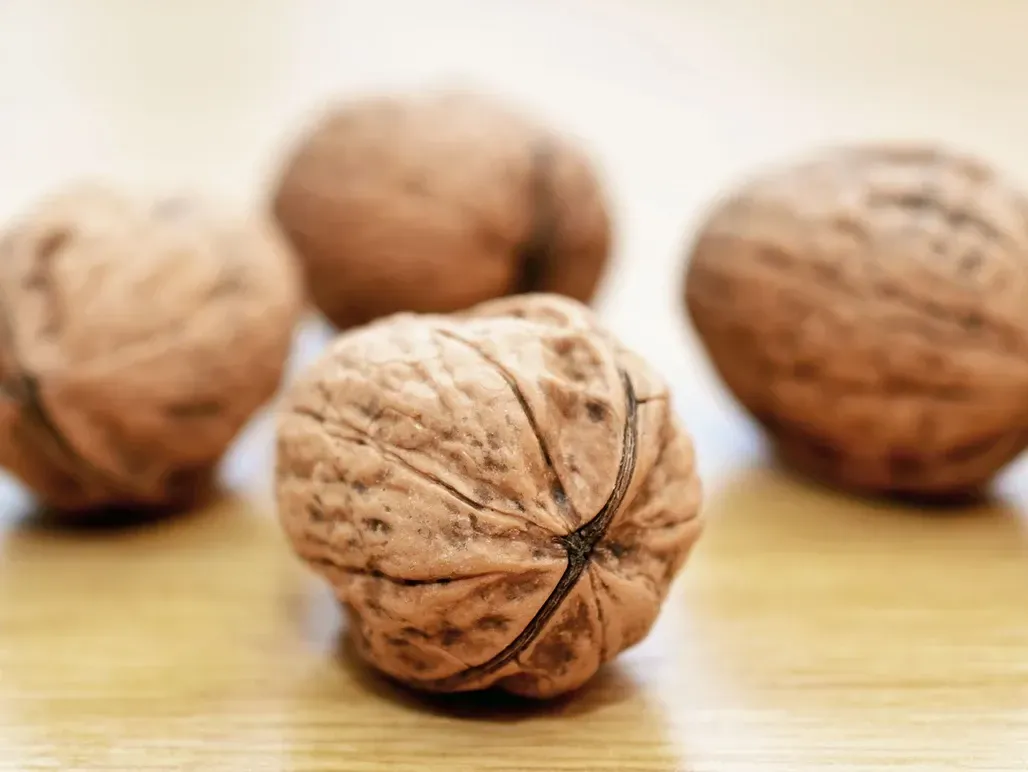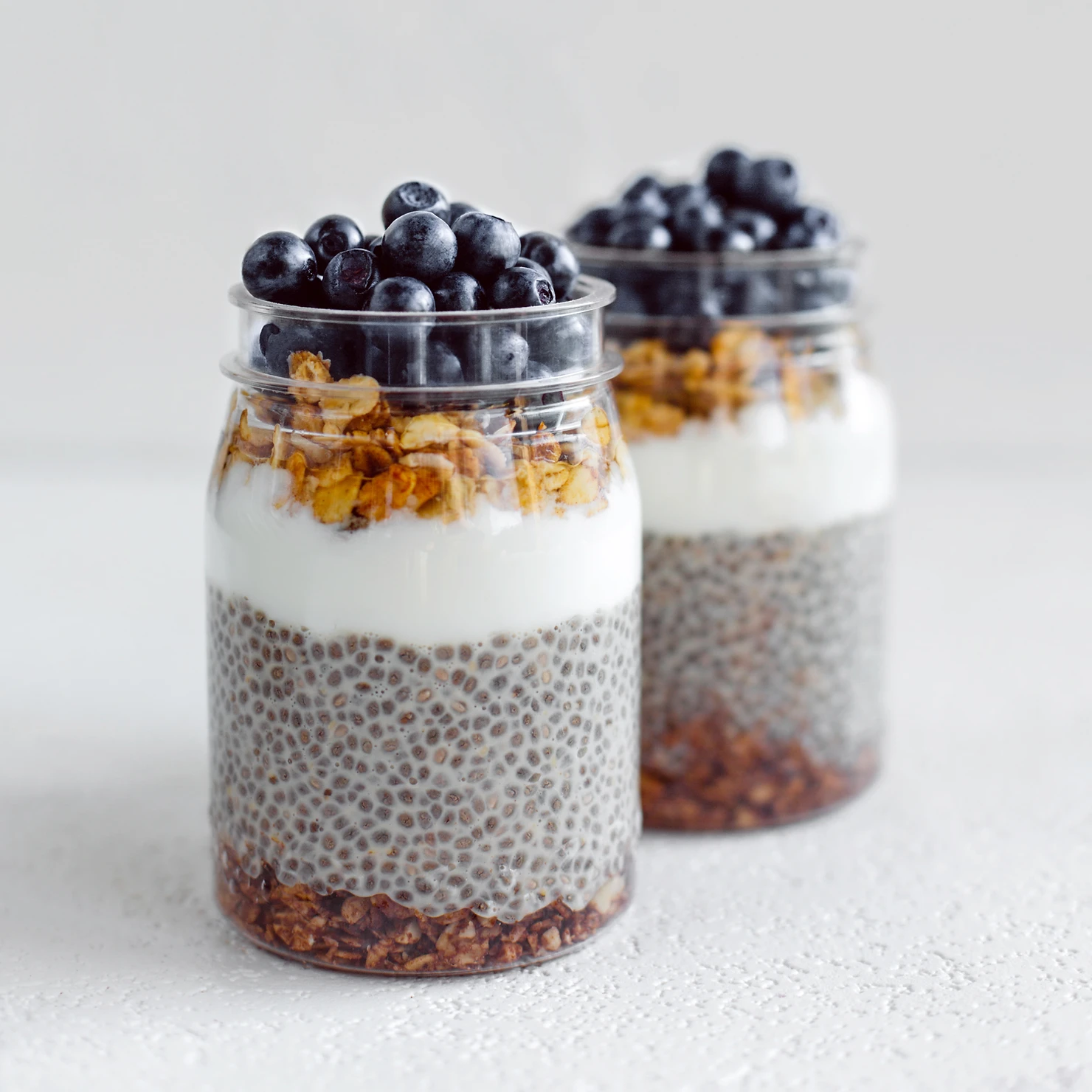
Food Blogs

What are omega fatty acids and how to eat them for the best results?
Omega fatty acids are both, types of unsaturated fatty acids. And we need to get both omega-3 and omega-6 fatty acids from our diet.
Omega 3
3 types
Alpa-linolenic acid (ALA), docosahexaenoic acid (DHA), eicosapentaenoic acid (EPA) are the three types of Omega-3s.
Sources
Flax, chia, hemp, and walnuts are rich in ALA whereas marine sources or seafood is rich in EPA and DHA.

Why are they important
Omega 3’s are necessary for the health of the cell membranes. The health of cell membranes is necessary for better transportation of important substances inside the cell and vice versa. For eg better insulin sensitivity and better transmission of neurochemicals across the brain. Also, they play an important role in cardiovascular function and immune health.
Note
We don’t convert ALA to EPA or DHA very well so we need direct dietary sources of EPA and DHA. Omega 3’s are considered anti-inflammatory.
Omega- 6
3 types
Linoleic acid (LA), gamma-linoleic acid (GLA), arachidonic acid (AA) are the three types of Omega-6 fatty acids.
Sources
Poultry, eggs, nuts, most vegetable oils, wheat, soya bean oil, corn oil, whole grain bread, etc.

Why are they important
Consumption of nuts, which are high in omega 6, is associated with a lower risk for some diseases, such as cardiovascular diseases, coronary heart disease, cancer, stroke.
Note
These are mostly pro-inflammatory fatty acids, that is they promote more inflammation in the body, which is why they need to be had in controlled amounts. People from some ethnic groups, genetically produce more AA, therefore they have a higher chance of chronic diseases.
How to balance the consumption of omega-3’s and omega-6’s
Omega-3 effects oppose omega-6 effects. But we need them both. Omega-6: Omega-3 ratio in earlier diets would have been around 2:1 up to 8:1 in favor of omega-6. Currently, the ratio is more like 10:1 to 20:1 because people eat fewer foods that naturally contain omega-3s and more foods with omega-6 (data as given by precision nutrition).
Excess Omega-6 fatty acids from vegetable oils interfere with the health benefits of omega-3 fats, in part because they compete for the same rate-limiting enzymes. A high proportion of omega-6 to omega-3 fat in the diet shifts the physiological state in the tissues toward the pathogenesis of many diseases: pro-thrombotic (causing clot formation), pro-inflammatory, and pro-constrictive (causing narrowing of vessels).
To improve the omega-3 to omega-6 ratio:
……..Eat fewer industrially processed and refined foods and fats, eg corn, and soya bean oil. ……..Eat more variety of plant and animal foods ……..If you are a vegetarian or vegan you can consider supplementing omega-3’s with fish oil, krill oil or algae oil.
Disclaimer: Some content of this blog has been taken from Precision Nutrition.
© Neha Bhandari Rao | Privacy Policy | Terms
